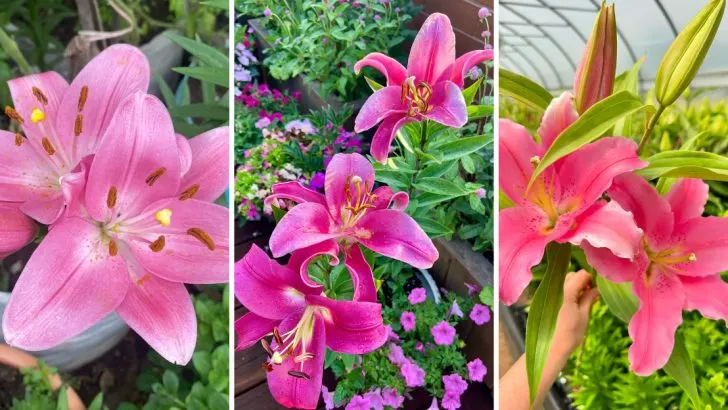Pink lilies are a stunning addition to any garden, known for their vibrant color and elegant appearance. However, to truly bring out their beauty, it’s essential to provide the right care.
Many gardeners make common mistakes when planting and tending to these flowers, which can hinder their growth and diminish their blooms. By understanding and avoiding these 8 mistakes, you can ensure your pink lilies flourish and create a breathtaking display in your garden year after year.
Overwatering
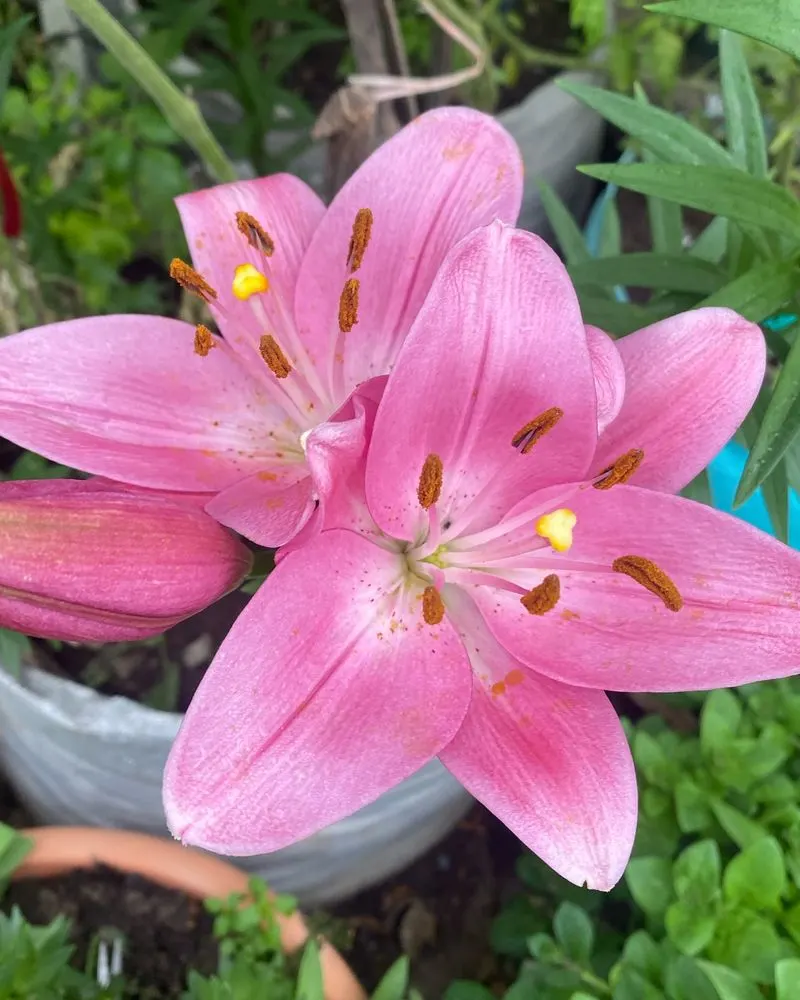
Overzealous watering can spell disaster for pink lilies. These plants prefer well-drained soil, and excess water often leads to root rot. If you notice yellowing leaves or soggy soil, it may be time to reassess your watering schedule. Aim for moist but not saturated soil.
Checking the top inch of soil for dryness before watering can prevent overwatering. In areas with heavy rainfall, consider raised beds to improve drainage. Remember, moderation is key. Adjust your watering habits based on the climate and your garden’s unique conditions to best support your lilies.
Planting in Poor Soil
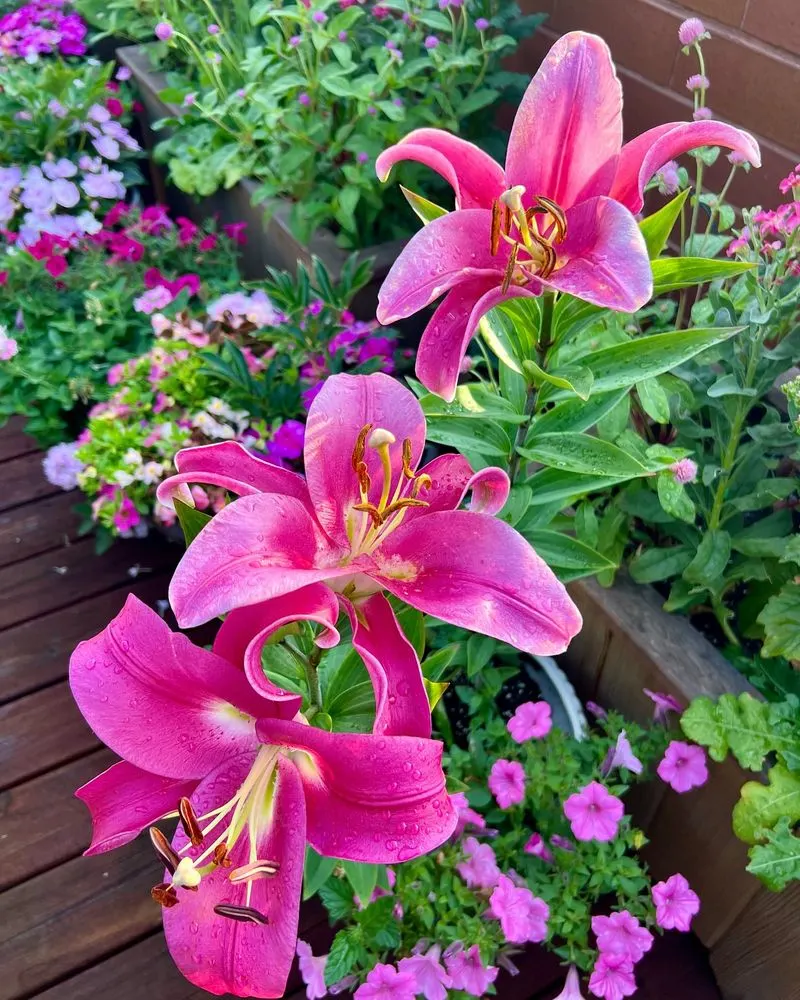
Pink lilies thrive in fertile, well-draining soil. Planting them in poor or compacted soil can hinder their growth. Testing the soil’s pH and texture before planting is crucial. Consider amending the soil with organic matter, like compost, to improve its quality.
A balanced, nutrient-rich environment supports healthy root development. If you’re working with clay-heavy soil, adding sand can enhance drainage. Tailoring the soil composition to meet your lilies’ needs will promote vibrant blooms and robust plants, ensuring they become a standout feature in your garden.
Ignoring Sunlight Needs
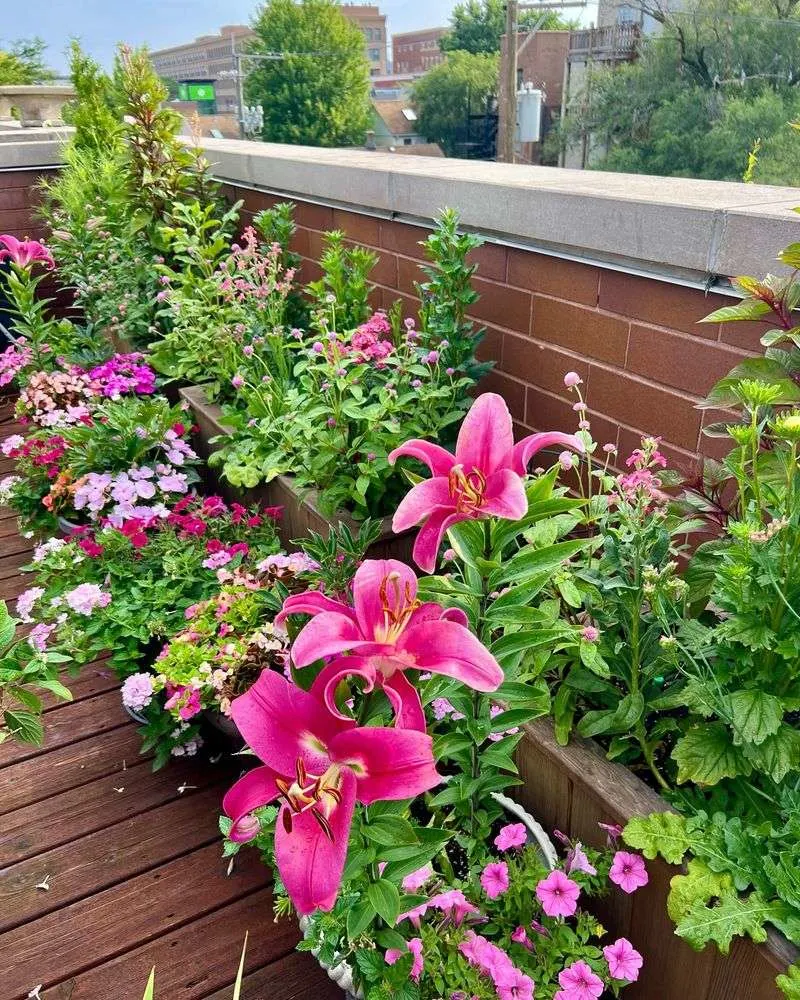
Sunlight plays a pivotal role in the growth of pink lilies. These flowers flourish in full sun to partial shade, requiring at least six hours of sunlight daily. Insufficient light can lead to spindly growth and fewer blooms. Observe your garden’s light patterns throughout the day and adjust the planting locations accordingly. If your garden is mostly shaded, consider pruning overhanging branches.
Strategic placement in sunny spots will encourage strong stems and vibrant flowers. Understanding and meeting their light requirements will reward you with a spectacular floral display.
Neglecting Pest Control
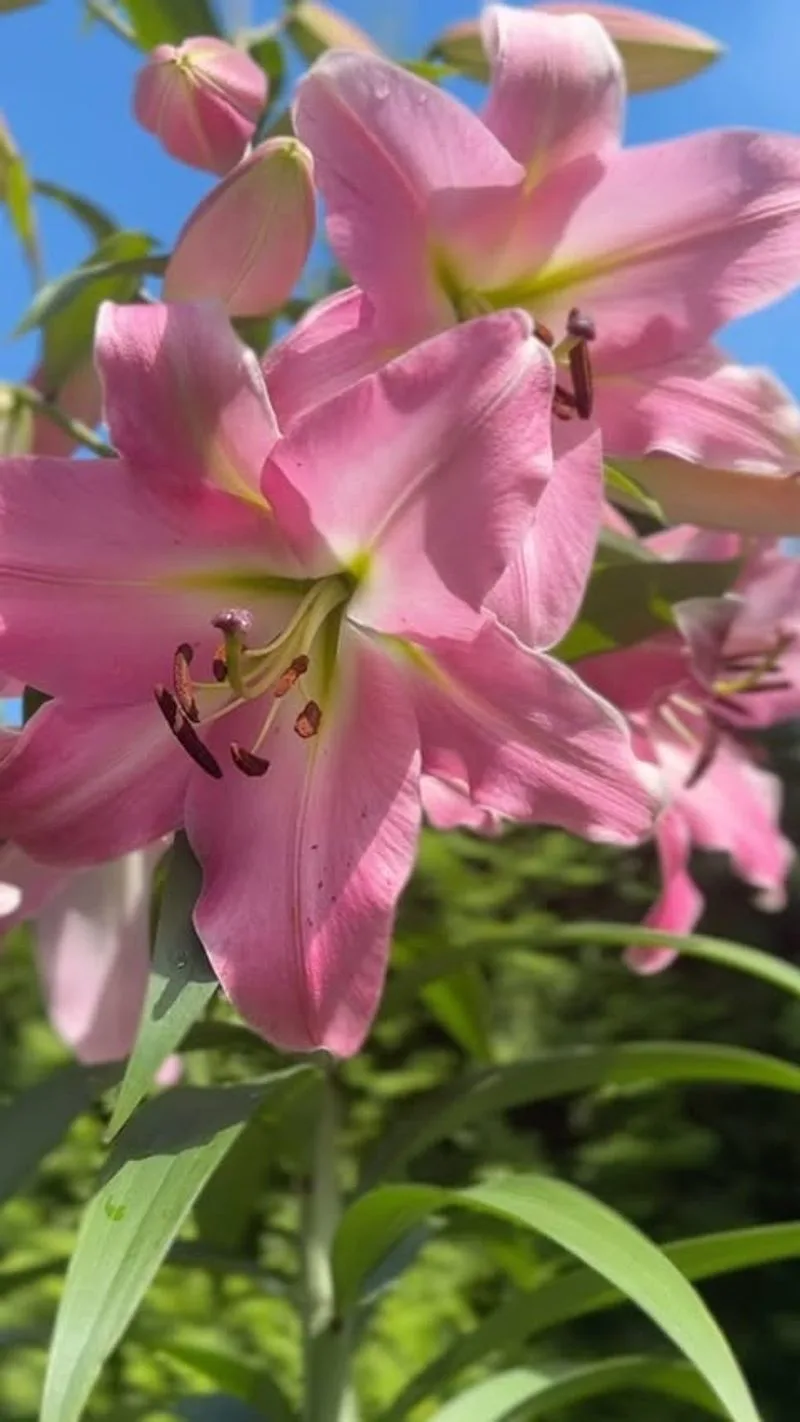
Pests like aphids and slugs can wreak havoc on pink lilies if left unchecked. Regular monitoring of your plants is essential. Look for signs of infestation, such as holes in leaves or sticky residue. Employing natural pest control methods, such as introducing beneficial insects or using neem oil, can protect your lilies without harmful chemicals.
Maintaining a clean garden by removing debris can also deter pests. Vigilance and proactive measures ensure your lilies remain healthy and pest-free. Keep your garden thriving by staying ahead of potential pest problems.
Incorrect Pruning
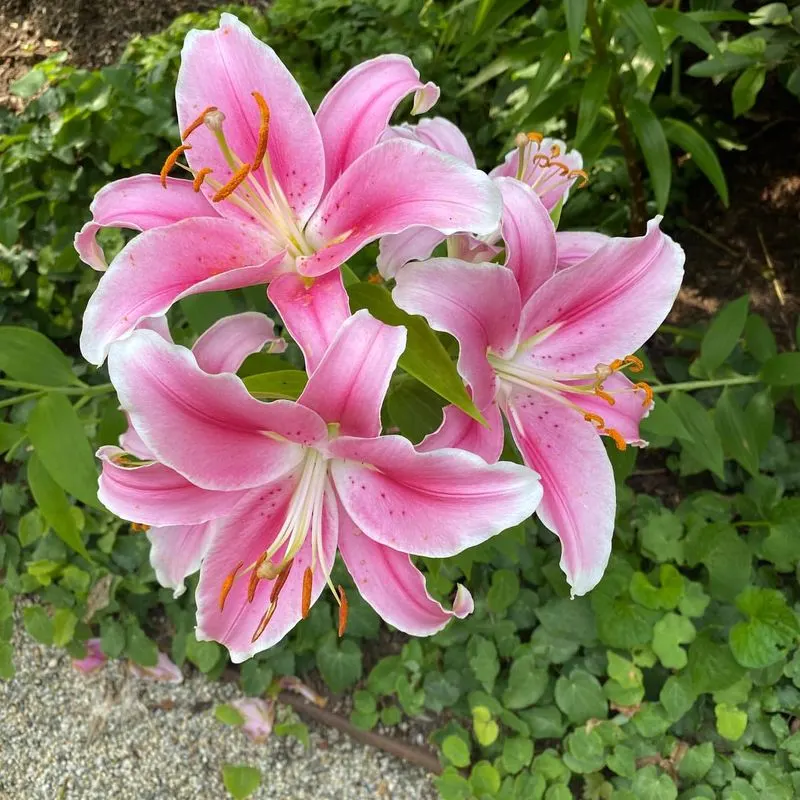
Pruning is an art that requires timing and precision. Incorrect pruning can lead to weak, unsightly plants. Always use sharp, sterilized tools to prevent disease spread. It’s essential to remove spent flowers promptly to encourage further blooming. Cutting back dead or yellowing leaves keeps your plants looking their best. However, avoid drastic cuts that stress the plant.
Focus on maintaining a balanced shape. Pruning not only enhances the plant’s aesthetic but also its health. With the right approach, your pink lilies will continue to bloom beautifully throughout the season.
Skipping Fertilization
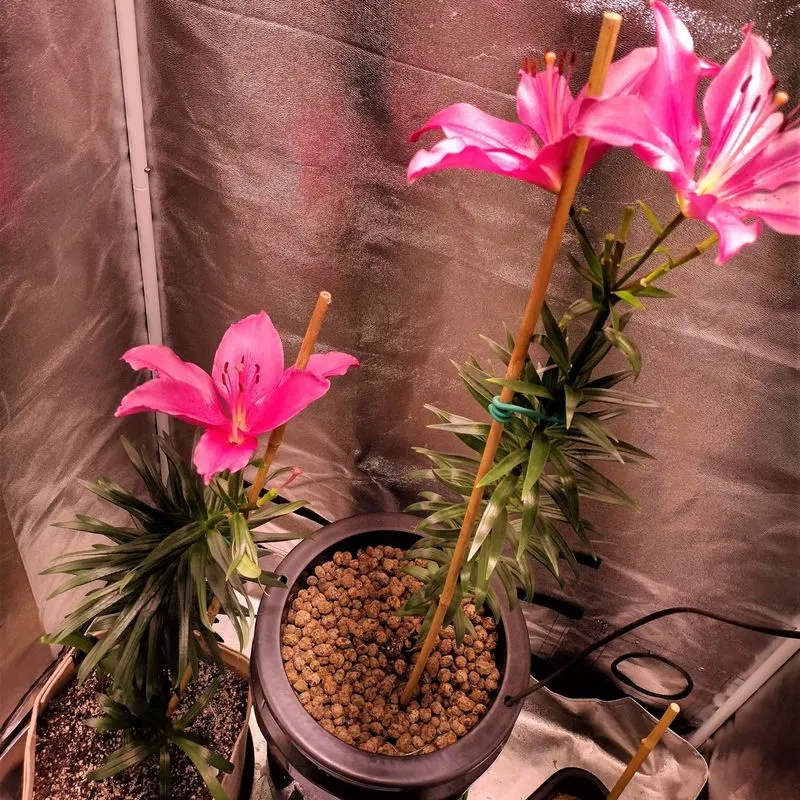
Nutrients are vital for the robust growth of pink lilies. Skipping fertilization can result in stunted growth and pale blooms. Choose a balanced fertilizer and apply it during the growing season to support development. Pay attention to the specific needs of your lilies, as too much fertilizer can burn the roots. Follow recommended application rates and timing for best results.
Regular feeding ensures vibrant, healthy plants, enhancing their natural beauty. Fertilization is a straightforward yet powerful tool in your gardening arsenal, contributing to the long-lasting success of your pink lilies.
Crowded Planting
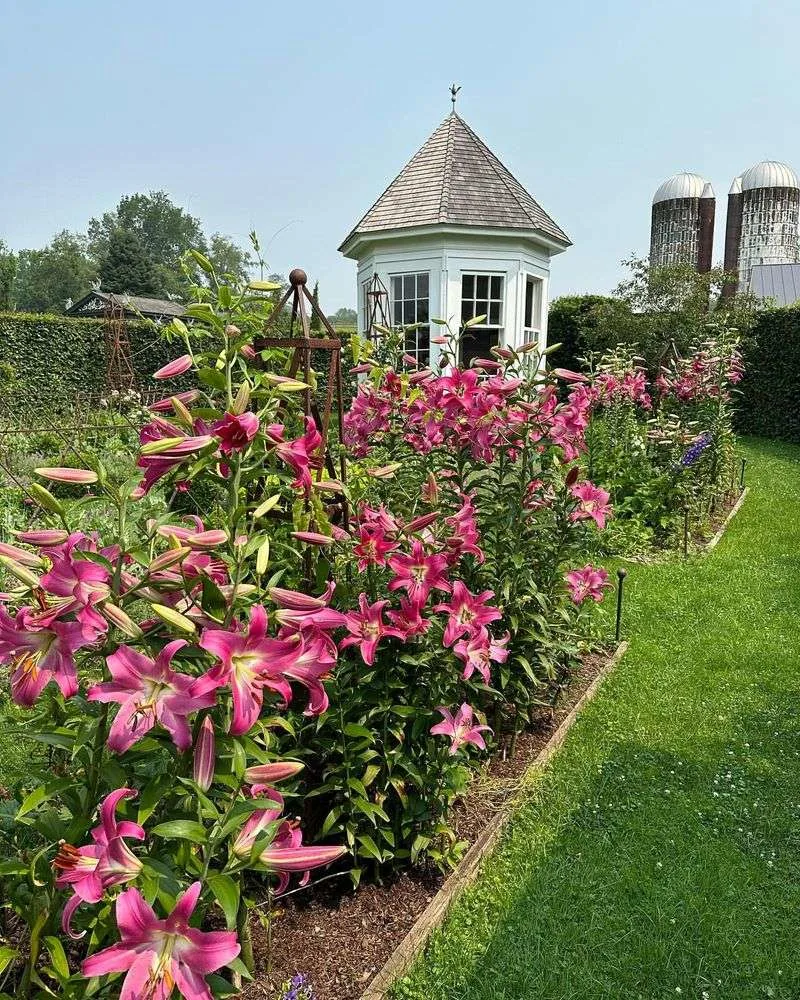
Space is crucial for the healthy development of pink lilies. Crowded planting can lead to competition for nutrients, light, and water, stunting growth. Overcrowding also reduces airflow, increasing the risk of fungal diseases. Ensure each lily has adequate space by following recommended planting distances. This encourages healthy root development and optimal blooming.
Thinning out overcrowded areas can drastically improve plant health. Providing room for each plant to grow will lead to a more organized and aesthetically pleasing garden. Your lilies will thank you with abundant, vibrant flowers.
Ignoring Seasonal Care
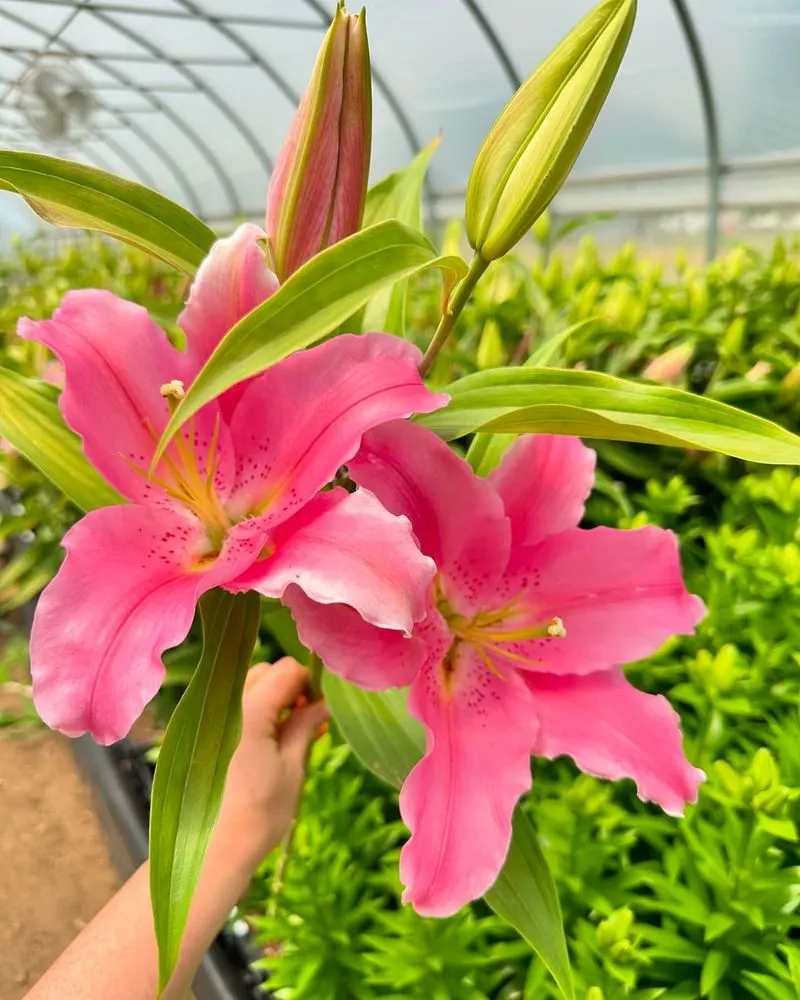
Seasonal care is often overlooked, yet it plays a vital role in the health of pink lilies. Each season brings unique challenges and requirements. Applying mulch in fall helps retain moisture and protect roots from winter’s chill. Spring is the time for soil replenishment and fertilization to boost growth.
Be mindful of your lilies’ needs during each stage of the year. Adjust care routines to suit the changing climate and conditions. By paying attention to these seasonal nuances, you’ll ensure your pink lilies thrive year-round, showcasing their beauty in all their glory.

